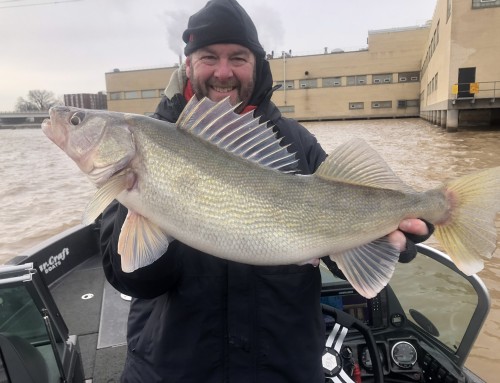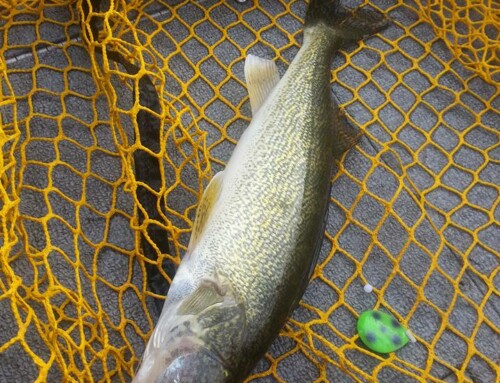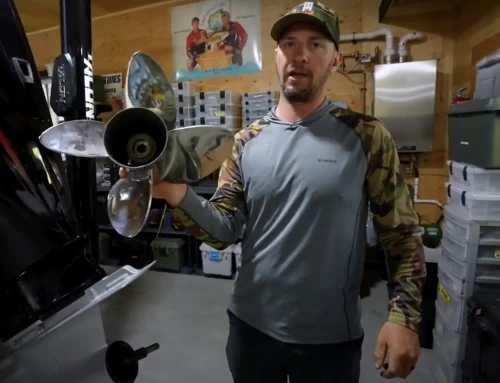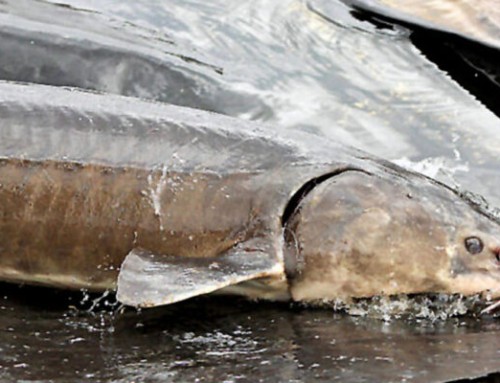The Winnebago system is a world class walleye factory, and it appears the beat will go on for the foreseeable future.
The Wisconsin Department of Natural Resources is constantly monitoring the health of the system, and it appears that the 2013 walleye class will be excellent based on field data. The class, once reported, potentially could fall into a top 5 class all time (since 1986).
The 2013 spring conditions included high water levels with solid flow along with stable air temperatures to support a strong spawn. However, later in the spring we caught multiple walleyes, which had never spawned and were still full of eggs. This was a common report from other area fishermen, leading some to believe that the 2013 spawn could be subpar. The DNR determined the actual spawn dates were slightly later than normal in 2013 (approximately April 21st).
As history tells us, 2001 was the pinnacle class for walleyes on the Winnebago system all time. Nearly all of these fish are now expired. The current population is dominated by 5 year old fish, from an outstanding class from 2008 (second largest all time). Recent spawns have been adequate, but nothing special. This was mainly due to environmental factors, such as the extremely warm 2012 spring and early spawning period (March 19th).
A strong spawn doesn’t always mean a huge class. The first year class must survive a winter to really become viable. In addition, adequate food sources must also be available throughout the year to support the young of the year. It would appear the 2013 class has had ample food sources heading into the frozen water period, increasing the chances of long term success.
Area fishermen have become more aggressive when it comes to selected harvest in my opinion. By returning the largest females back to the water after being caught, this has increased the number of mature females available for spawning. The spring assessment in 2013 showed a record number of females walleyes captured and tagged in the Wolf River.
It will be several years before the 2013 class matures, but this class could provide a continued long term success story for Lake Winnebago.





